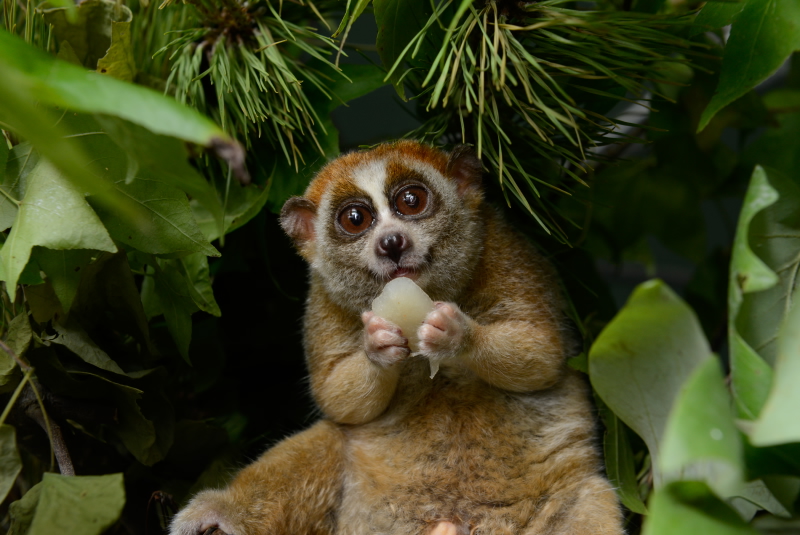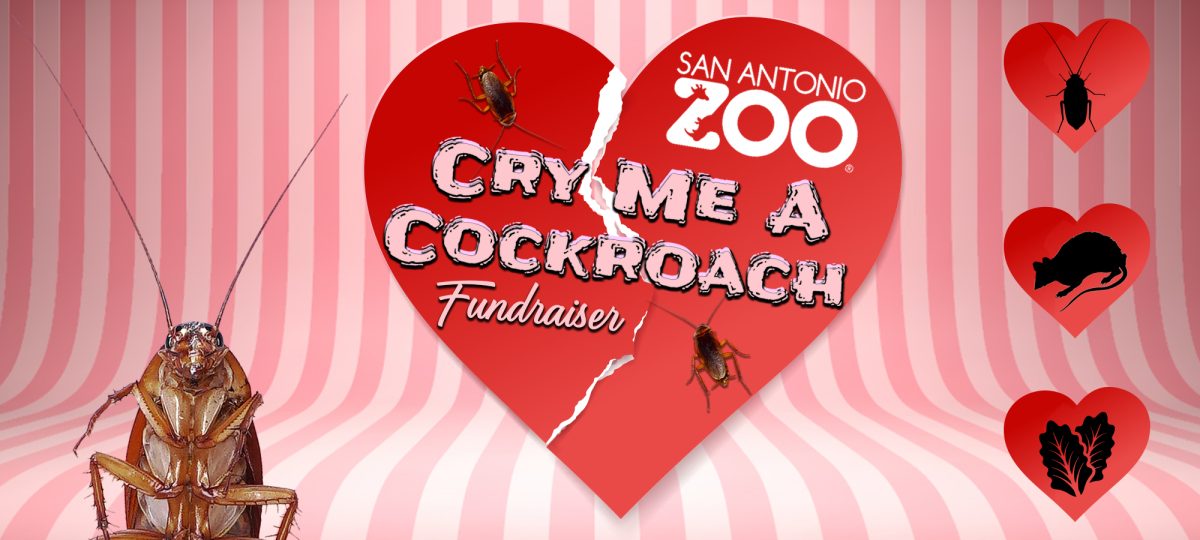 The “Animal of the Week” will show the amazing biodiversity that nature has to offer. These animals won’t be your typical wild zebras, sharks, and bears-but some of the most rare and magnificent on the planet.
The “Animal of the Week” will show the amazing biodiversity that nature has to offer. These animals won’t be your typical wild zebras, sharks, and bears-but some of the most rare and magnificent on the planet.
By Sam Schwartz ’18, Contributor
The Loris is an Old World Primate found in Asia, found in countries ranging from Bangladesh to the Philippines. Their name originated in 1765 when Comte de Buffon, a French scientist, called the primates “Loeris”, the Dutch word for clown. Fully grown Lorises can weigh anywhere from 9.3 ounces up to 74 ounces, and be anywhere between 7 to 15 inches in length. Lorises have equally long legs and arms, and specific adaptations such as thumbs that can diverge at almost an 180 degree angle and large capillaries running through their hands that give them strong grip strength for grasping branches. Lorises also have a reflective layer in their eyes, called Tapetum Lucidum that improves eyesight at night in a low light environment. Lorises have adorably big eyes, but don’t let them fool you: they possess a toxic bite. They are one of the only mammals and the lone primate to possess a venomous bite. The gland that secretes the toxin isn’t located in the mouth or included in the salutary glands, like many other animals, but actually located under the arms. If Lorises feel threatened they will lick their armpits, and the saliva from the tongue will mix with the inactive secretion, rendering it active. The toxic bite is used mostly as a deterrent to predators if attacked, but is often applied to juvenile Lorises coats to protect them from predators.
Lorises spend a majority of their life in the trees, moving slowly while making little to no noise. The Loris’s silent movement is a defense against predation and when under threat, Lorises will freeze and remain motionless. The Loris’s only known natural predators are snakes, hawk-eagles, and orangutans. With a uniquely low metabolic rate, similar to that of a sloth, Lorises eat only 40% of the typical value for placental mammals of their size. Though they eat a variety of animals, they are predominantly herbivorous; Lorises eat a wide array of insects, small birds, reptiles, eggs, fruits, and nectar with 71% of their diet consisting of vegetation.
 Due to their small size and nocturnal behaviors, not much is known about the social structure of the Lorises. Lorises occasionally make vocal calls, and rely primarily on urine scents to make territory. Baby Lorises are usually either placed in a safe spot or carried on adults’ backs while the adult forages.
Due to their small size and nocturnal behaviors, not much is known about the social structure of the Lorises. Lorises occasionally make vocal calls, and rely primarily on urine scents to make territory. Baby Lorises are usually either placed in a safe spot or carried on adults’ backs while the adult forages.
In many native Eastern indigenous cultures, Loris’s are attributed with many bizarre medicinal powers, and body parts are often buried under houses for good luck or to curse an enemy.
Currently Slow Loris are listed as Endangered by the IUCN (International Union for Conservation of Nature), in part from deforestation but mostly because of the exotic pet trade. Since 2007, they have been protected from international commercial trade and all known the countries in which they reside have laws protecting the Loris from collection. Similar to the Rhino, Seahorse, and Elephant, Loris are often killed for use as an aphrodisiac, and unlike other endangered animals, scientists have had little success breeding the Loris. Fortunately, the future looks bright. Scientists can now use drones to count Loris populations by reflecting light off of the reflective layer in the Loris’s eye, Tapetum Lucidum.













